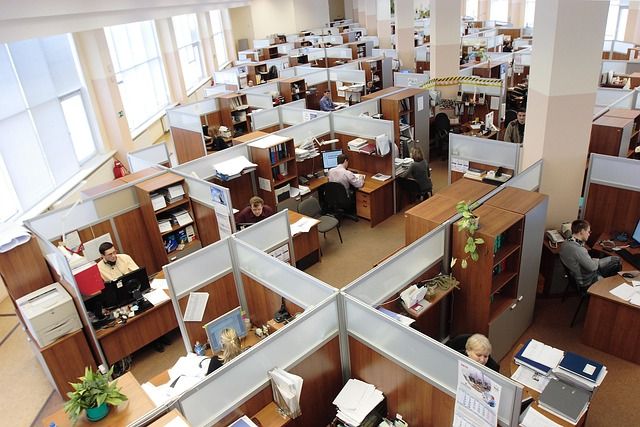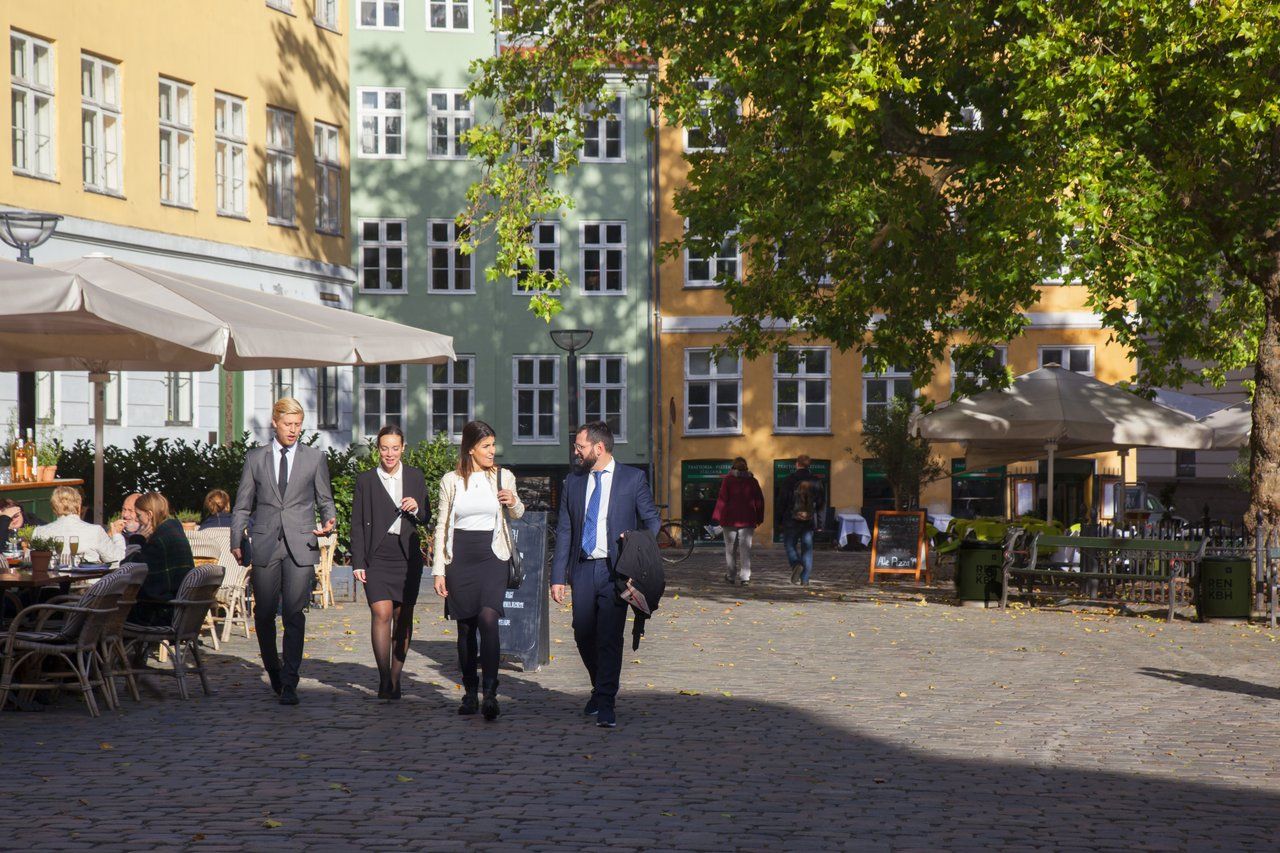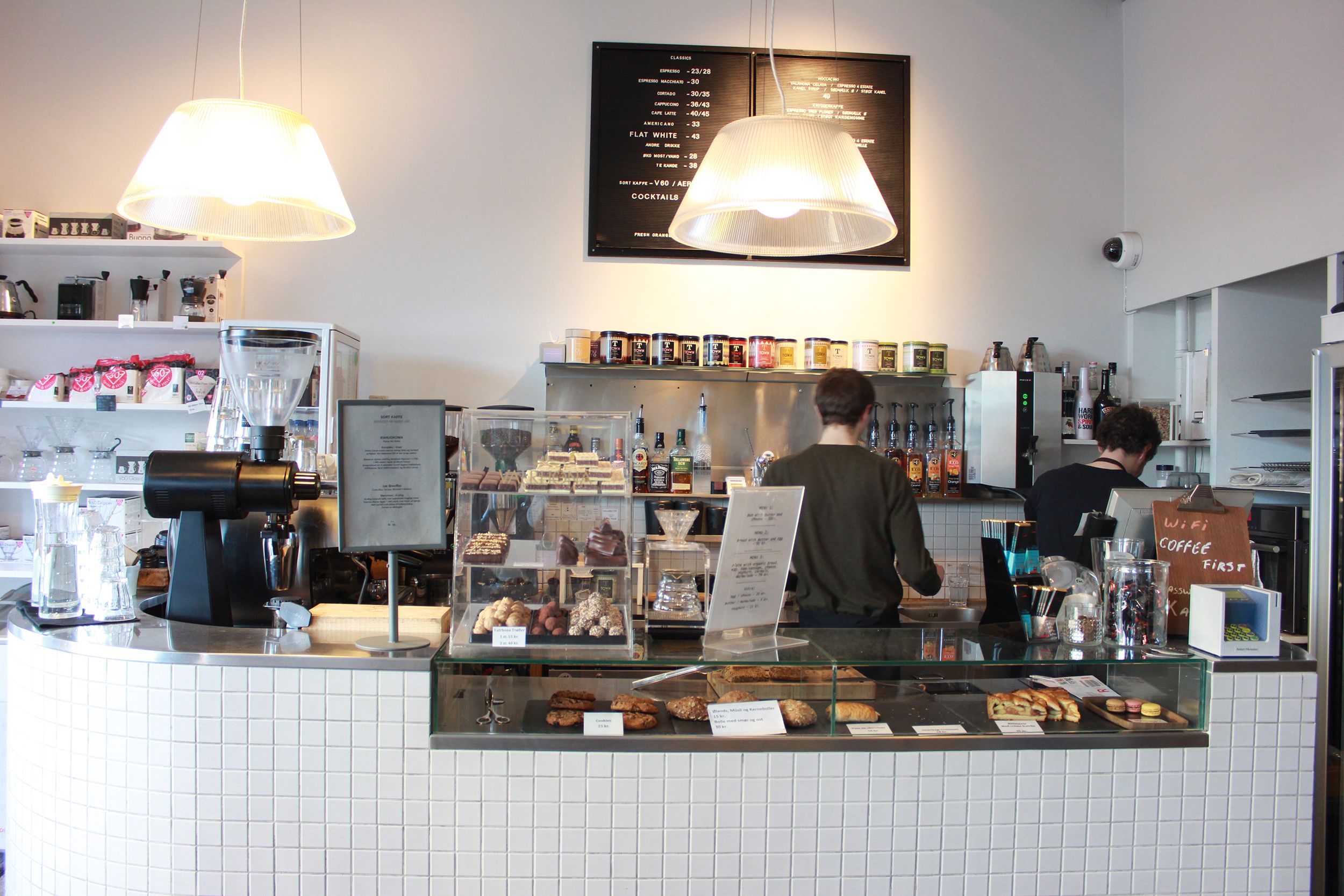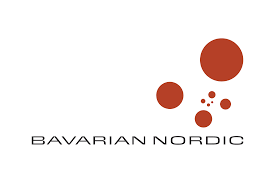There’s no shortage of positive press about the city’s biking policies these days. If foreign media aren’t drooling over footrests at stoplights, free tyre pumps and fashionably dressed mums cycling junior to school, then the domestic press is citing yet another study glorifying the city for its bike-friendly lifestyle.
And while we’re proud to be living in a city where bike ownership well exceeds car ownership, it’s mildly reassuring that the cycling hysteria hasn’t been bought by the Copenhagen Police.
As cyclists ourselves, we know the irritation of not being able to take the shortest route from point A to point B. (In fact, we regularly ignore many of the most irritating rules ourselves.) But turn the situation around and ask whether we’d be reacting the same way if a motorists’ association were asking the cops to give drivers the right to bend the rules because they were inconvenient. Unlikely.
In a city like Copenhagen, bikes – as healthy, clean and convenient as they are – are still a major component of road traffic and should be treated as such by riders, drivers, pedestrians and the police alike. Cyclists ask that cars respect traffic laws. But cyclists, for their own safety and the safety of others, ought to respect those same laws.
Ask around at City Hall or stop anyone on one of the city’s paved, curbed and raised bike lanes, and they’ll tell you that bikes don’t cause accidents, cars do.
But, that’s an attitude that’s hard to accept when even the national cyclists’ organisation, Cyclistforbundet, recently scolded cyclists for their role in the increasing number of run-ins between cyclists and motorists.
Cycling groups concerned about cops shooting down initiatives to make it easier to bike should consider how the cycling path along the far side of Copenhagen’s Sortedam Lake came to be. Before being opened up to bike traffic, police would regularly stop cyclists taking the convenient, but illegal shortcut. The reason why bikes were banned there was because the dirt walking path passed by a nursing home and a number of daycares, and it was feared that mixing shaky pedestrians and cyclists was an accident waiting to happen.
Defiant cyclists refused to pay attention to the ‘No biking’ signs posted at either end of the path and in the end they were rewarded for persistently violating the law: the path is now a combined – but separated – walking and biking path.
Had motorists chosen to ignore traffic laws and endanger the elderly and children, they’d have lost their right to drive.














